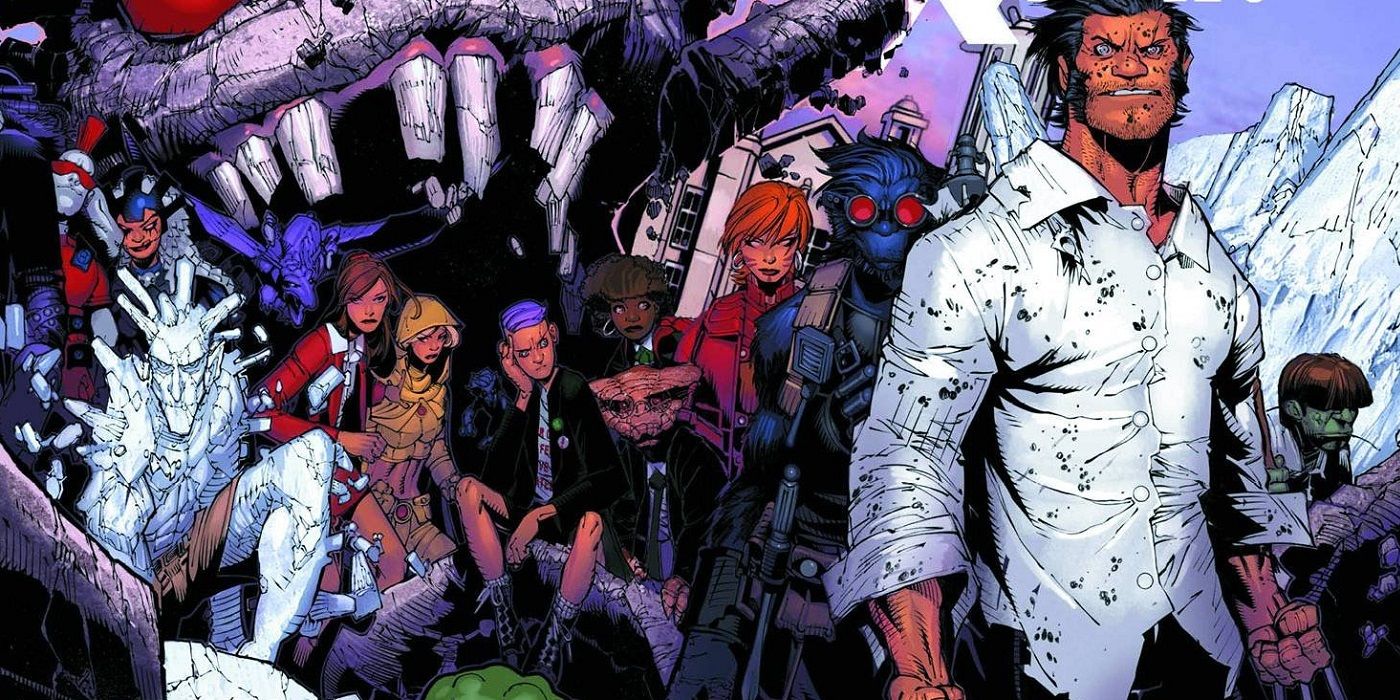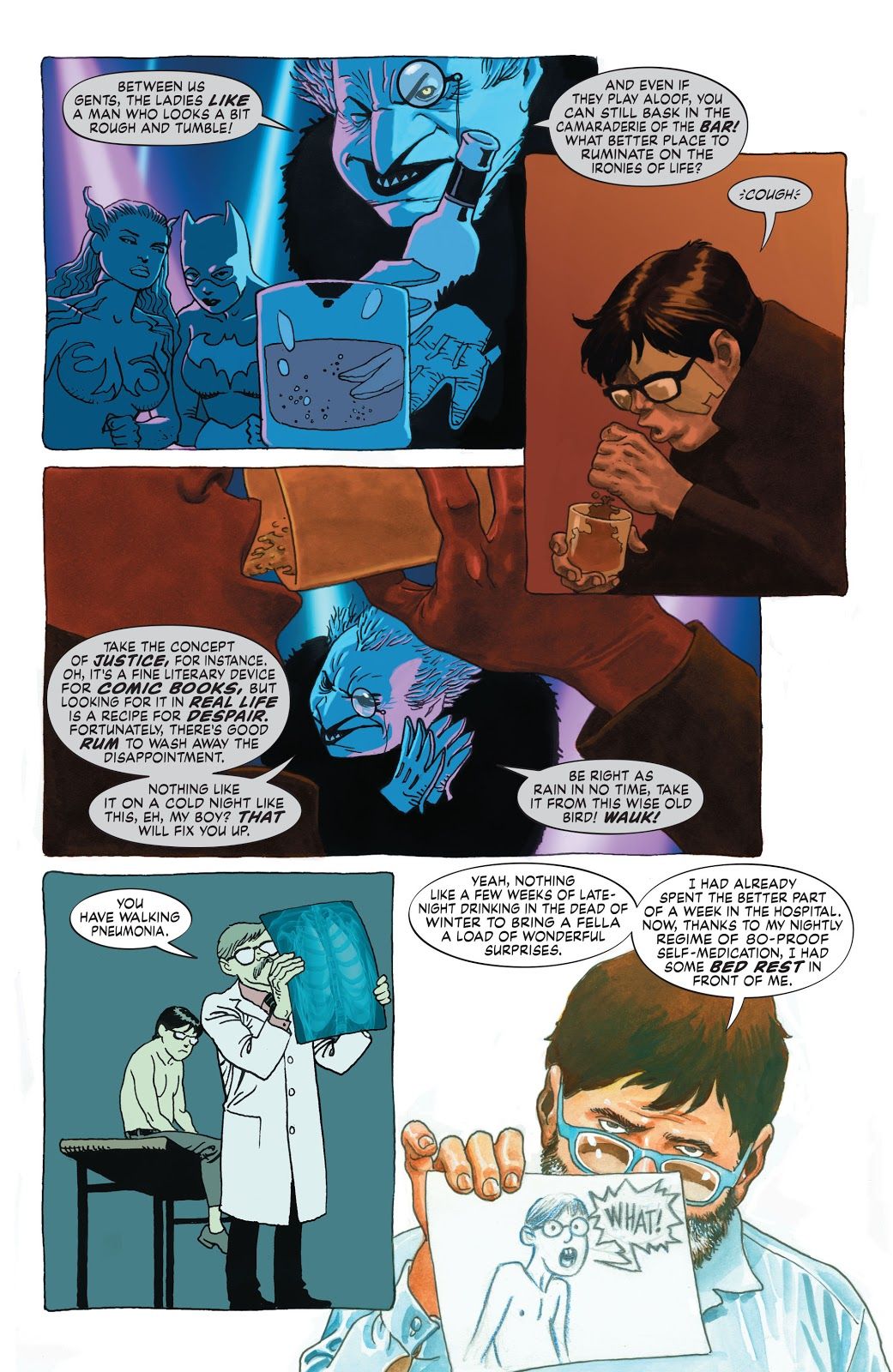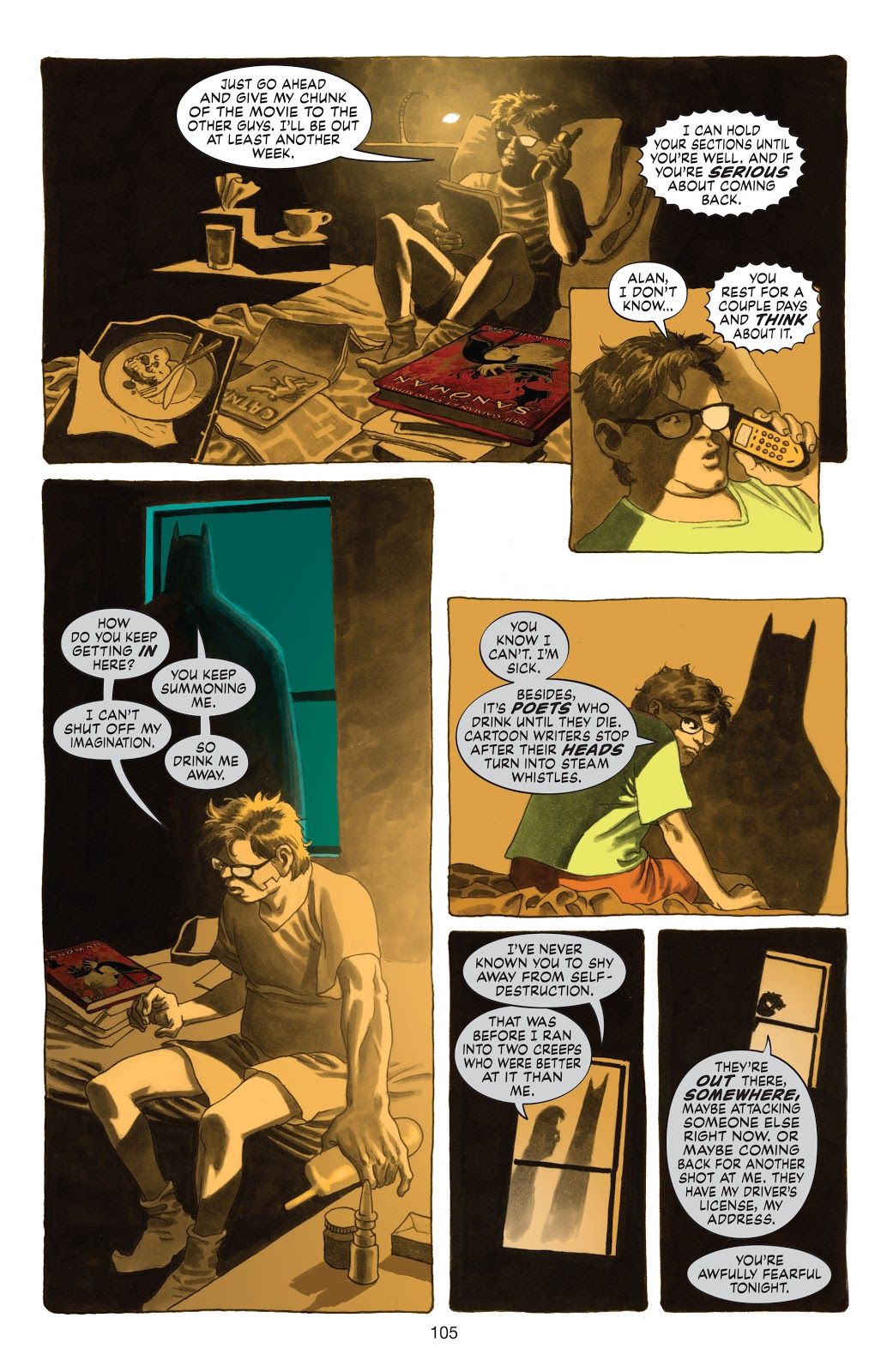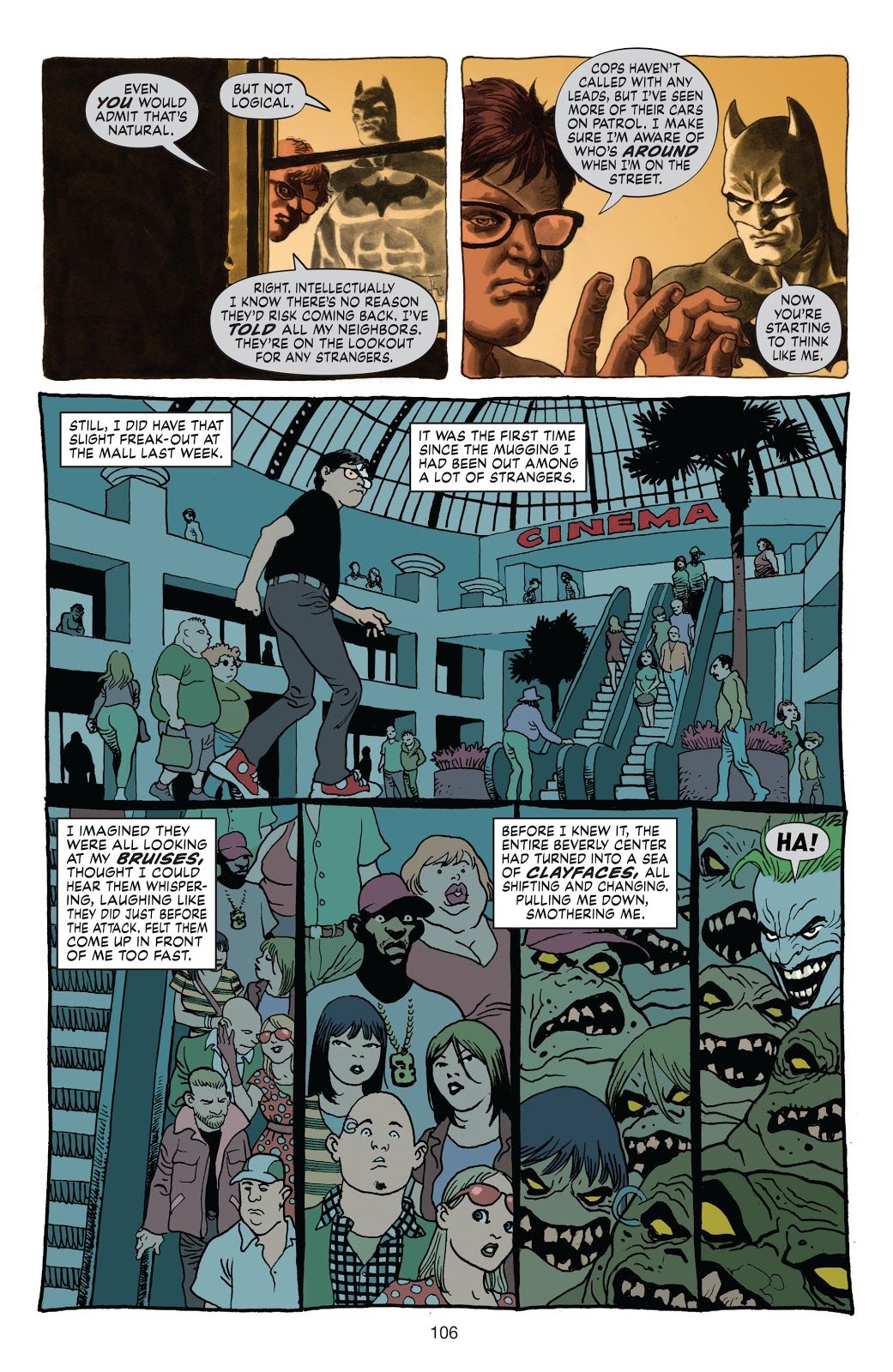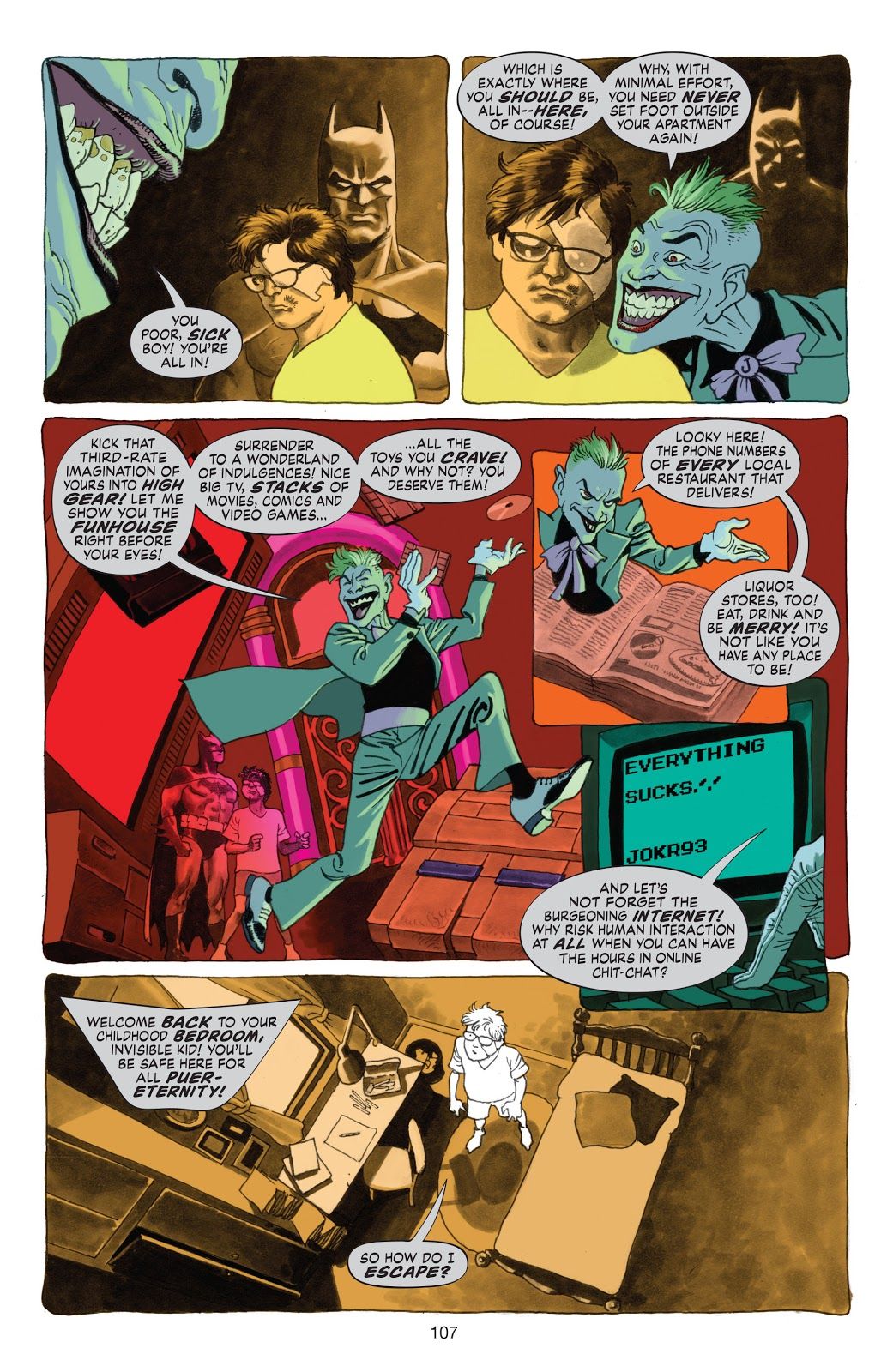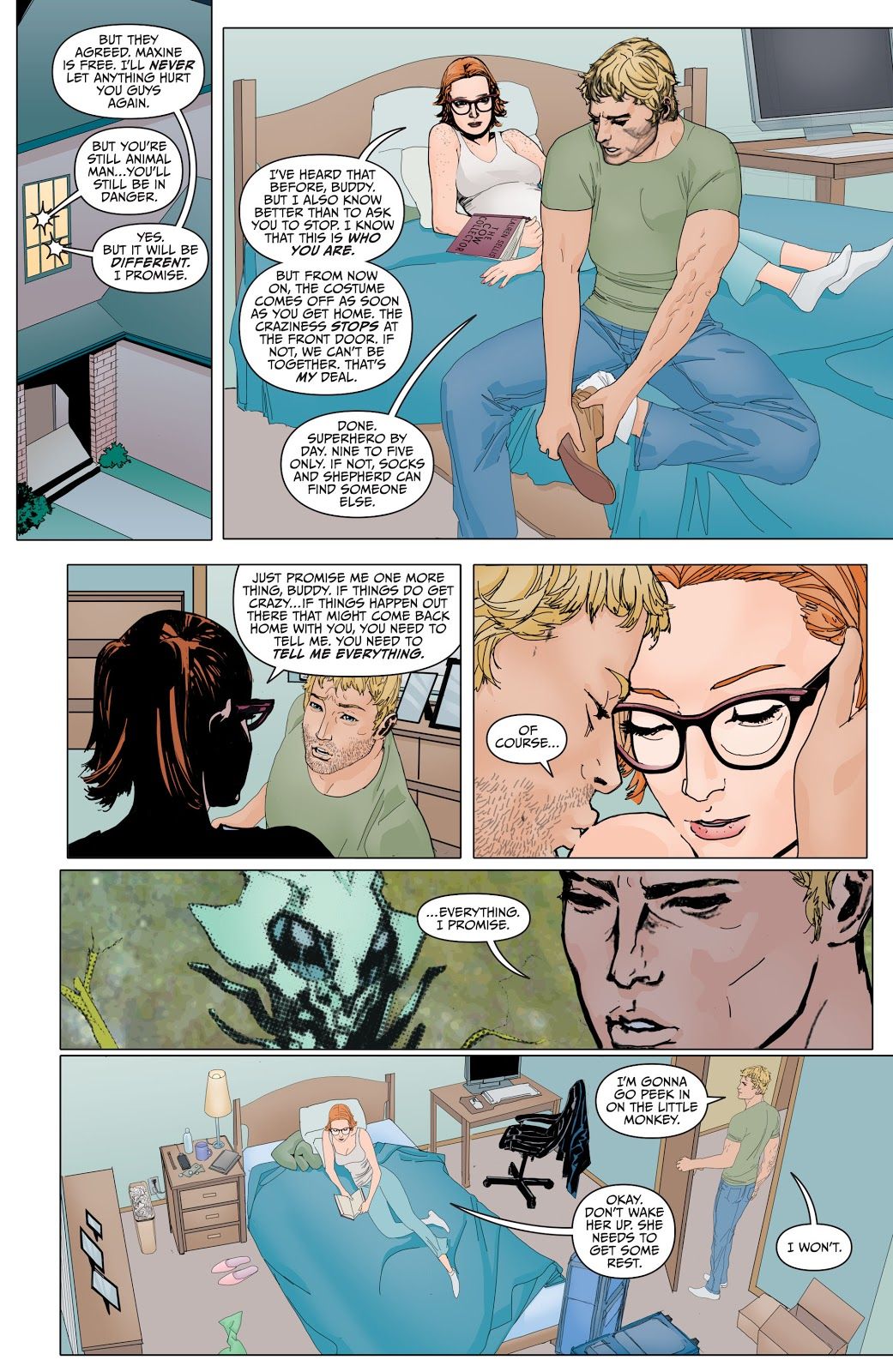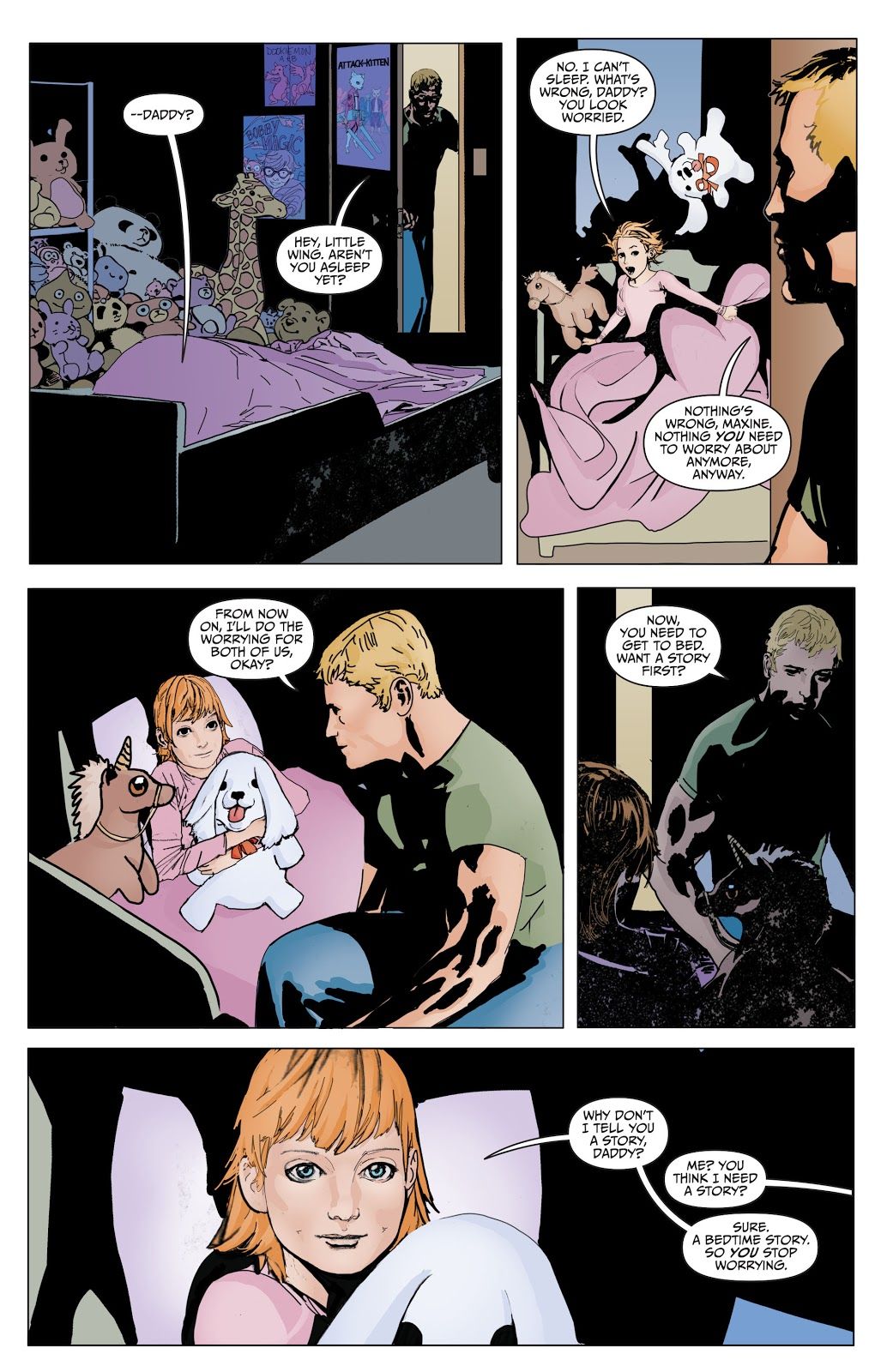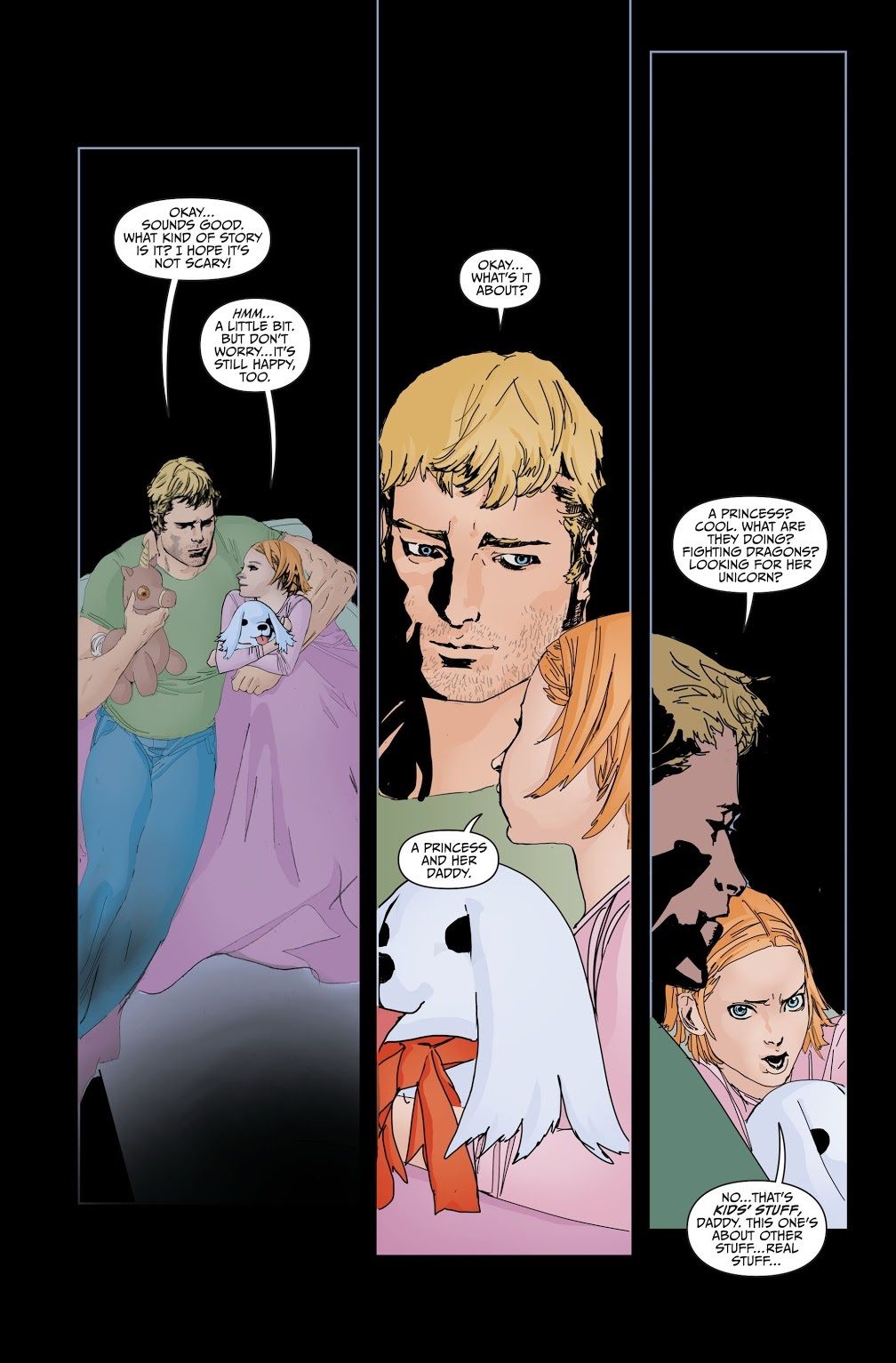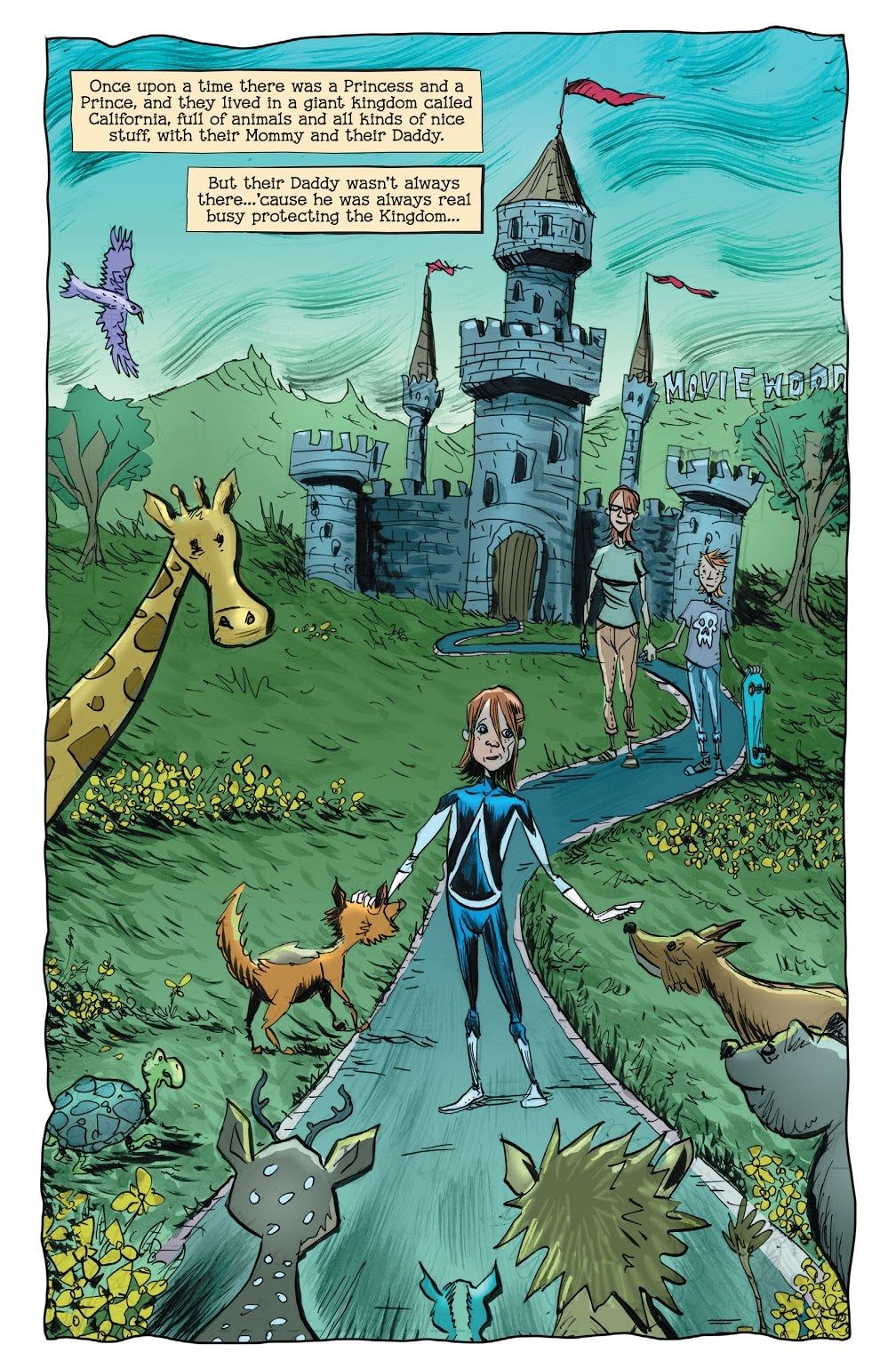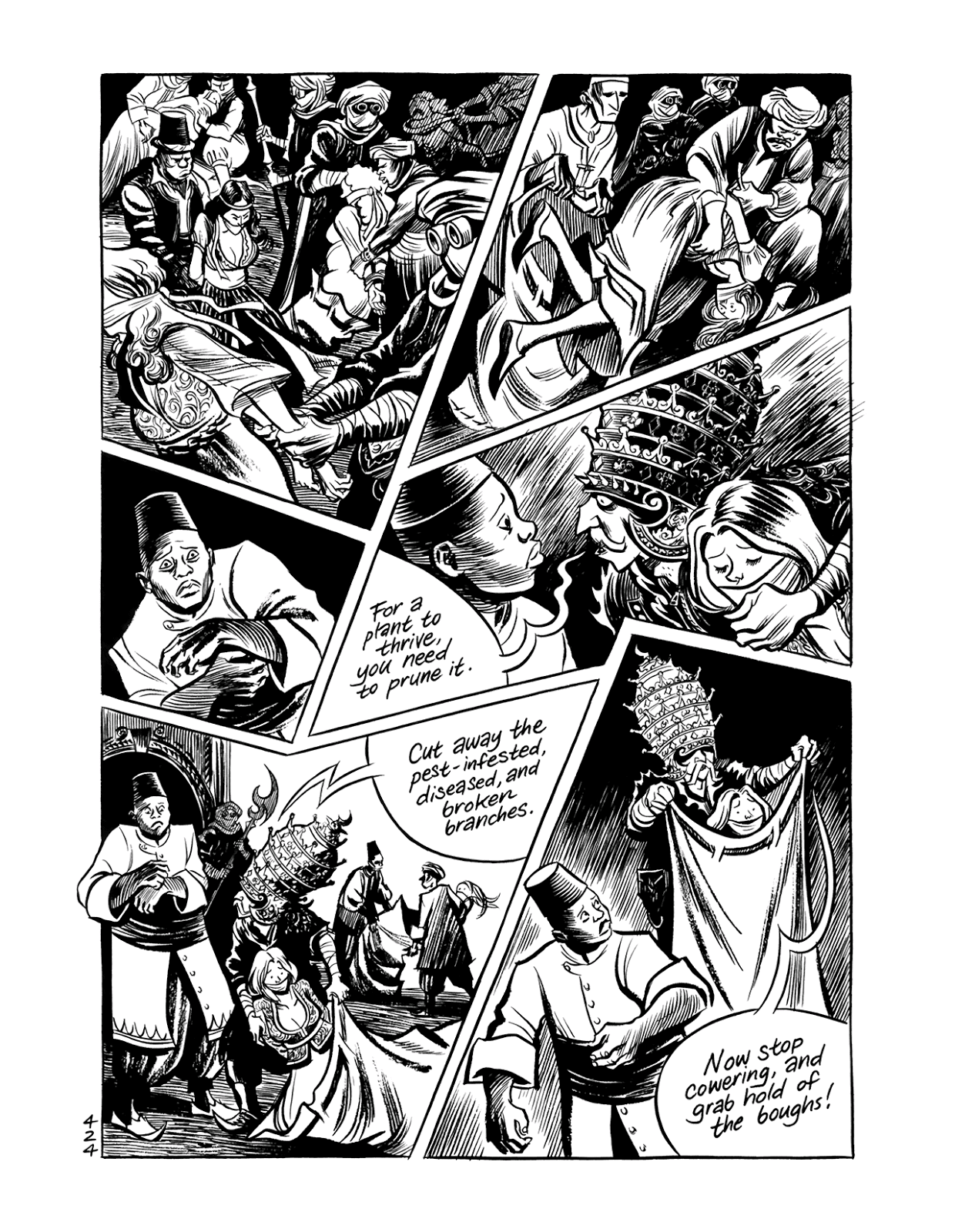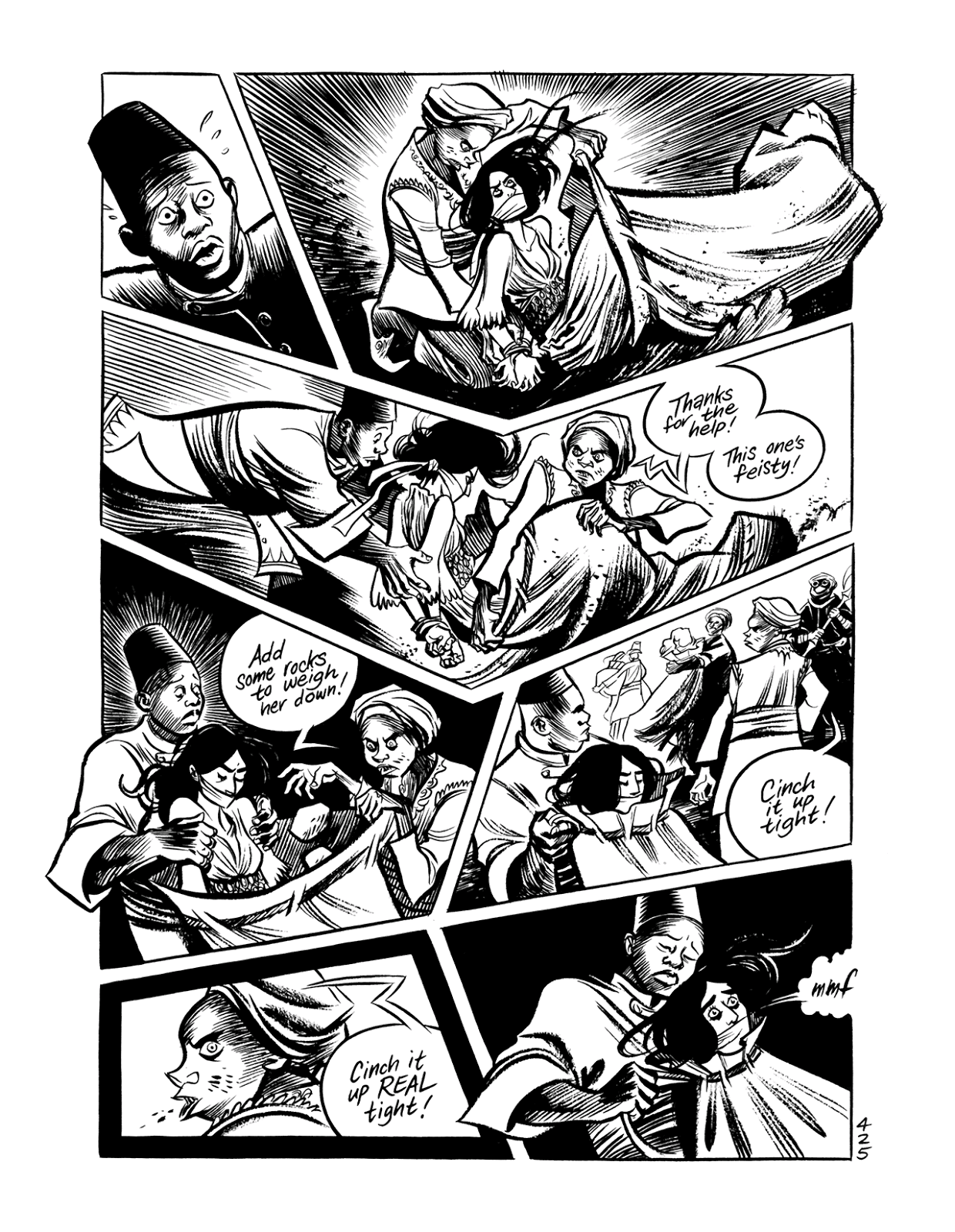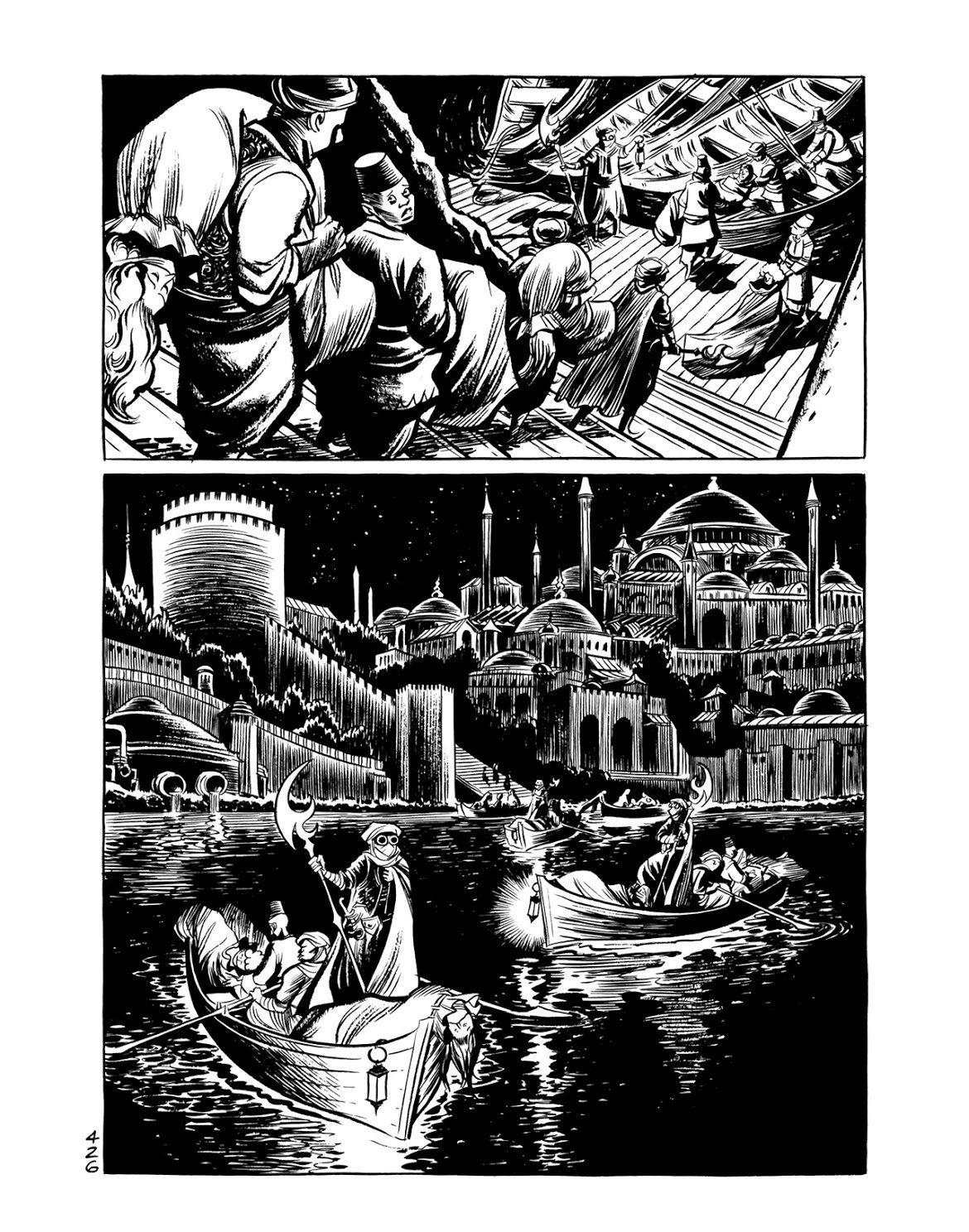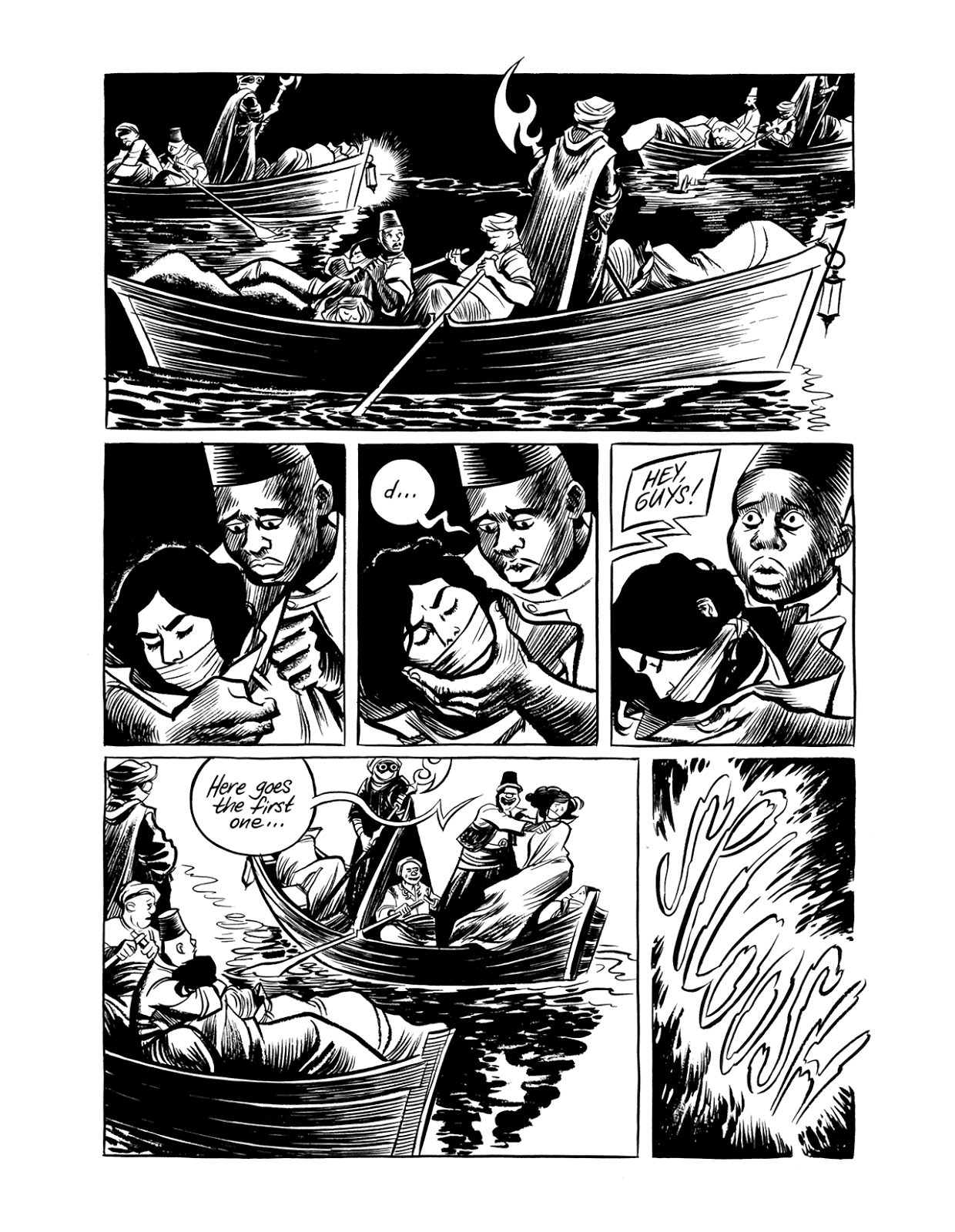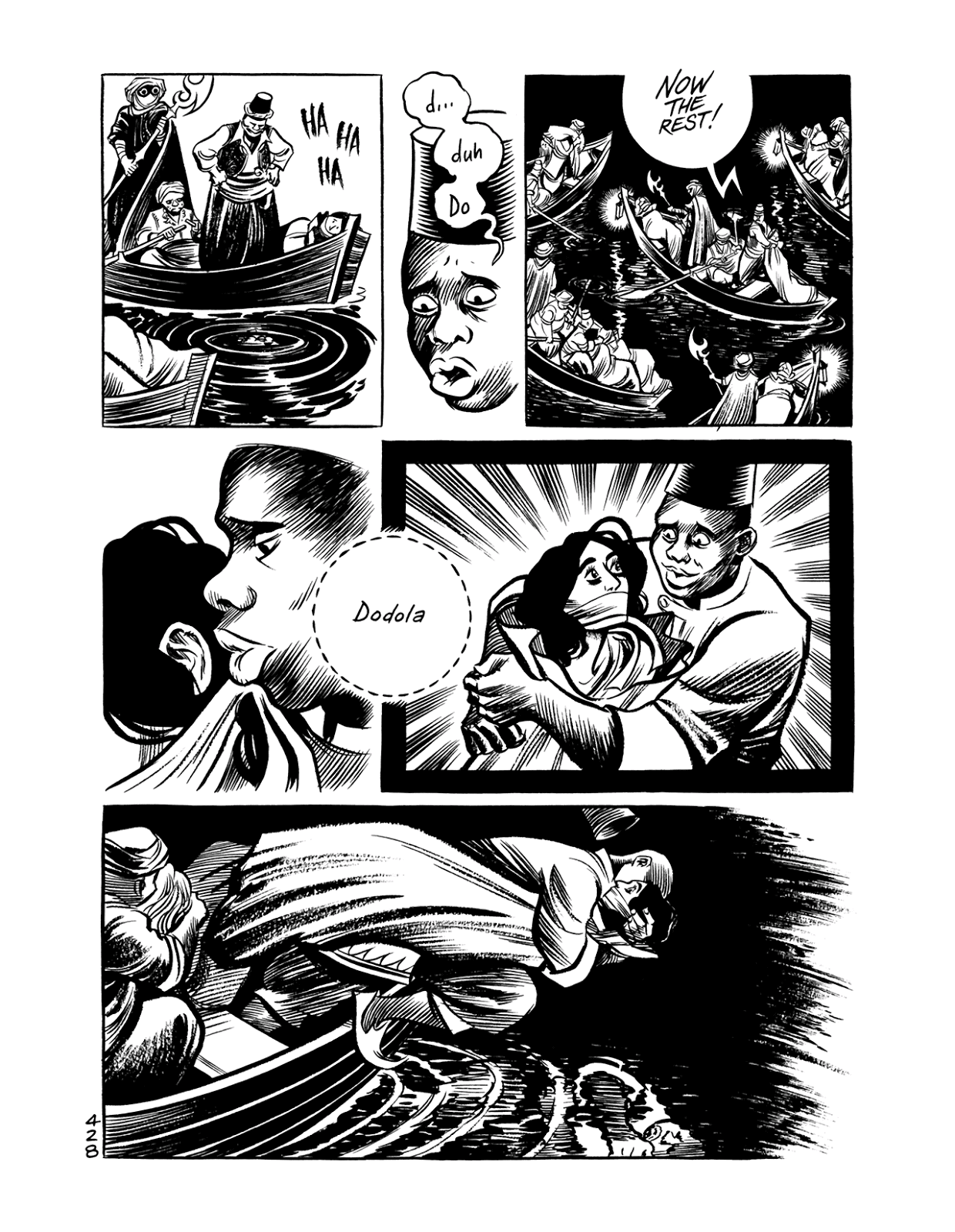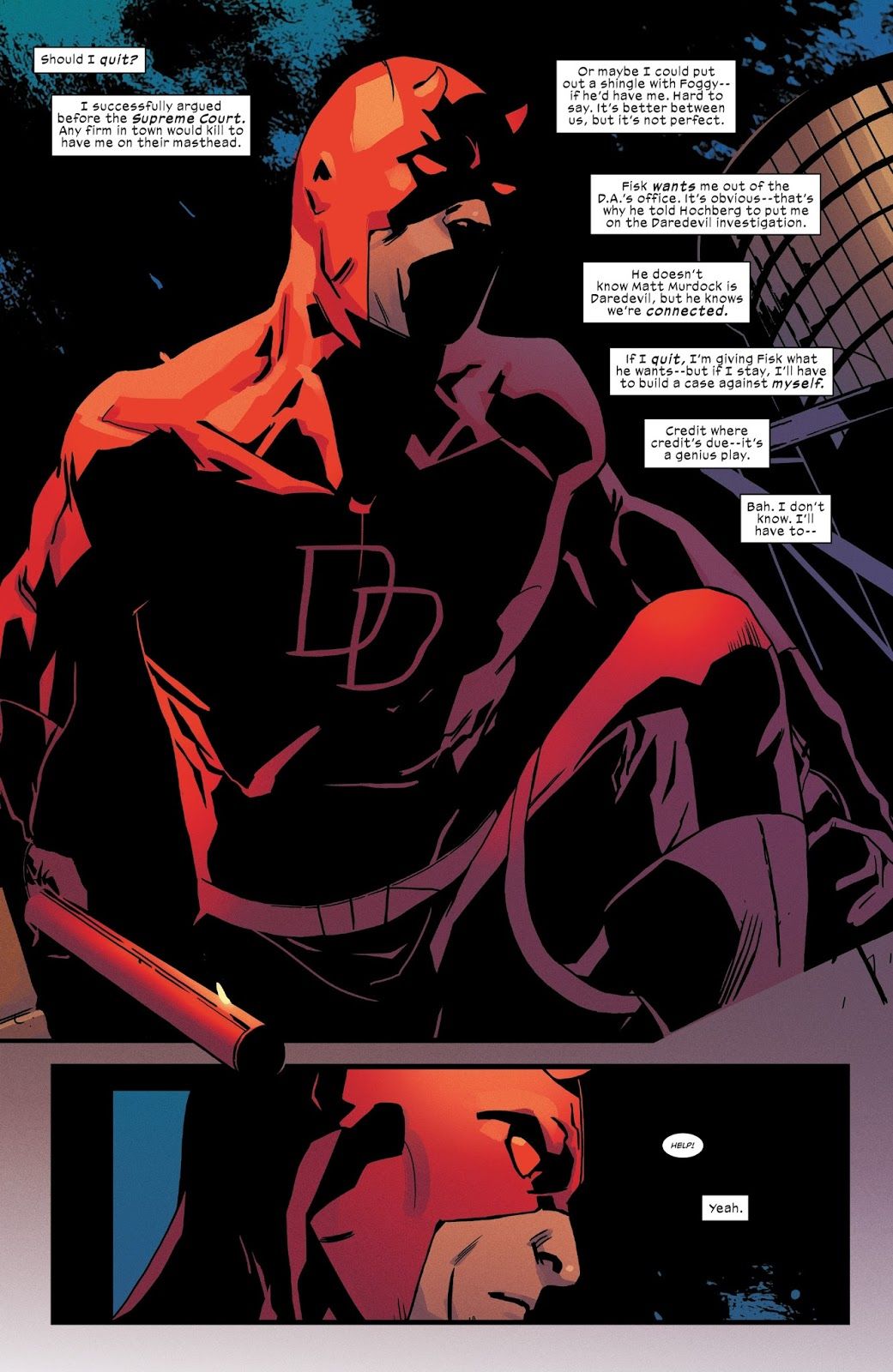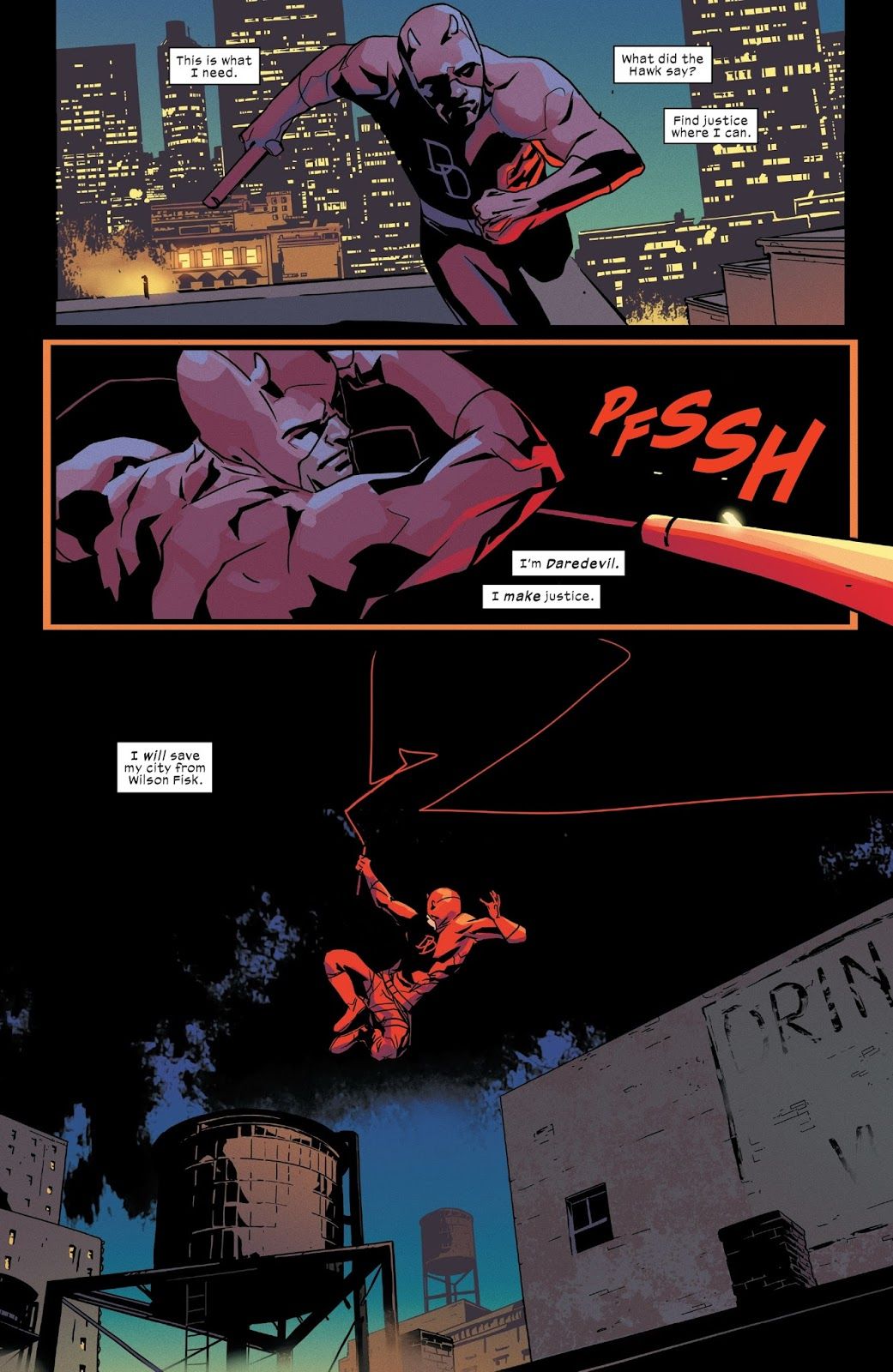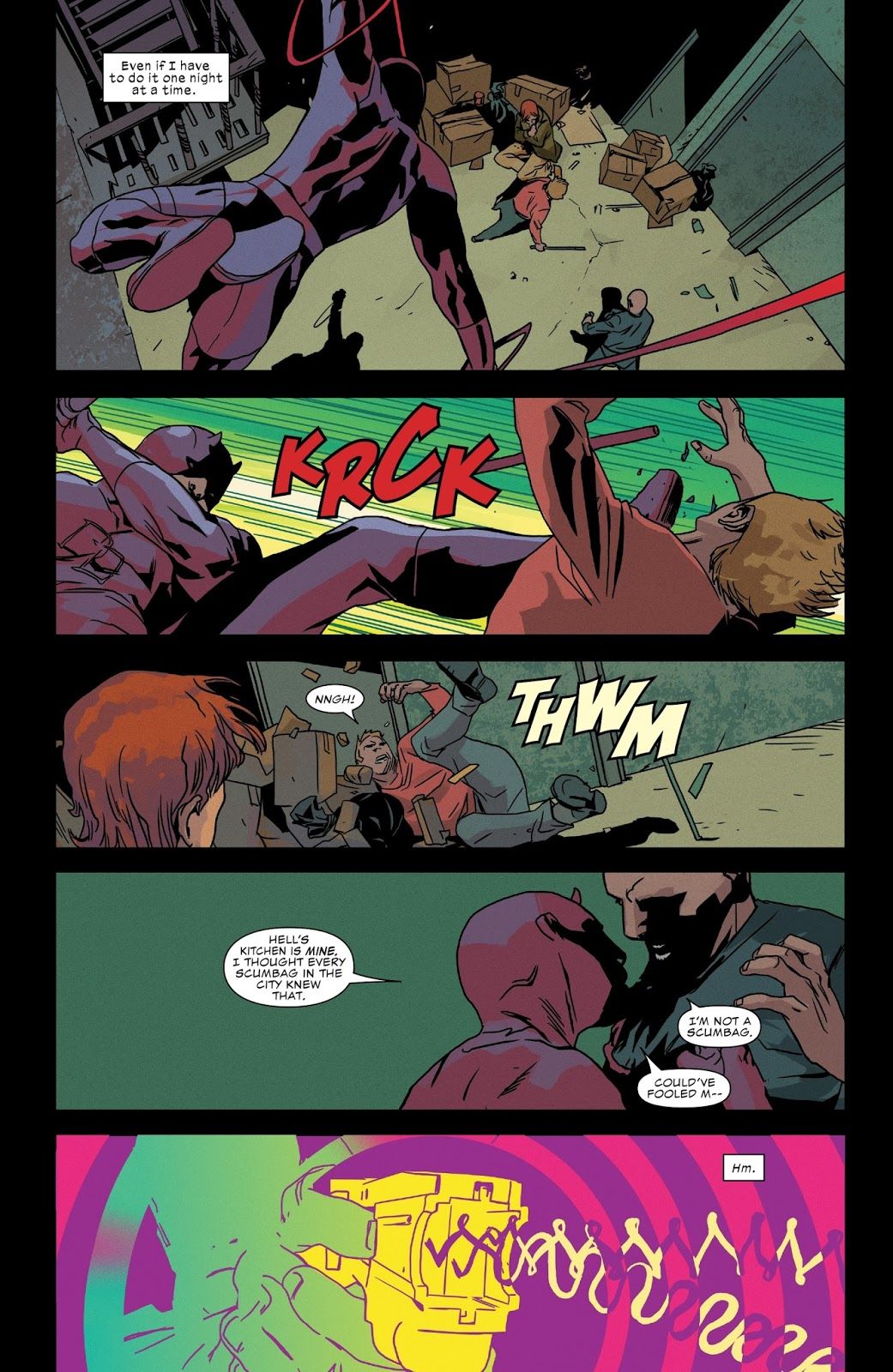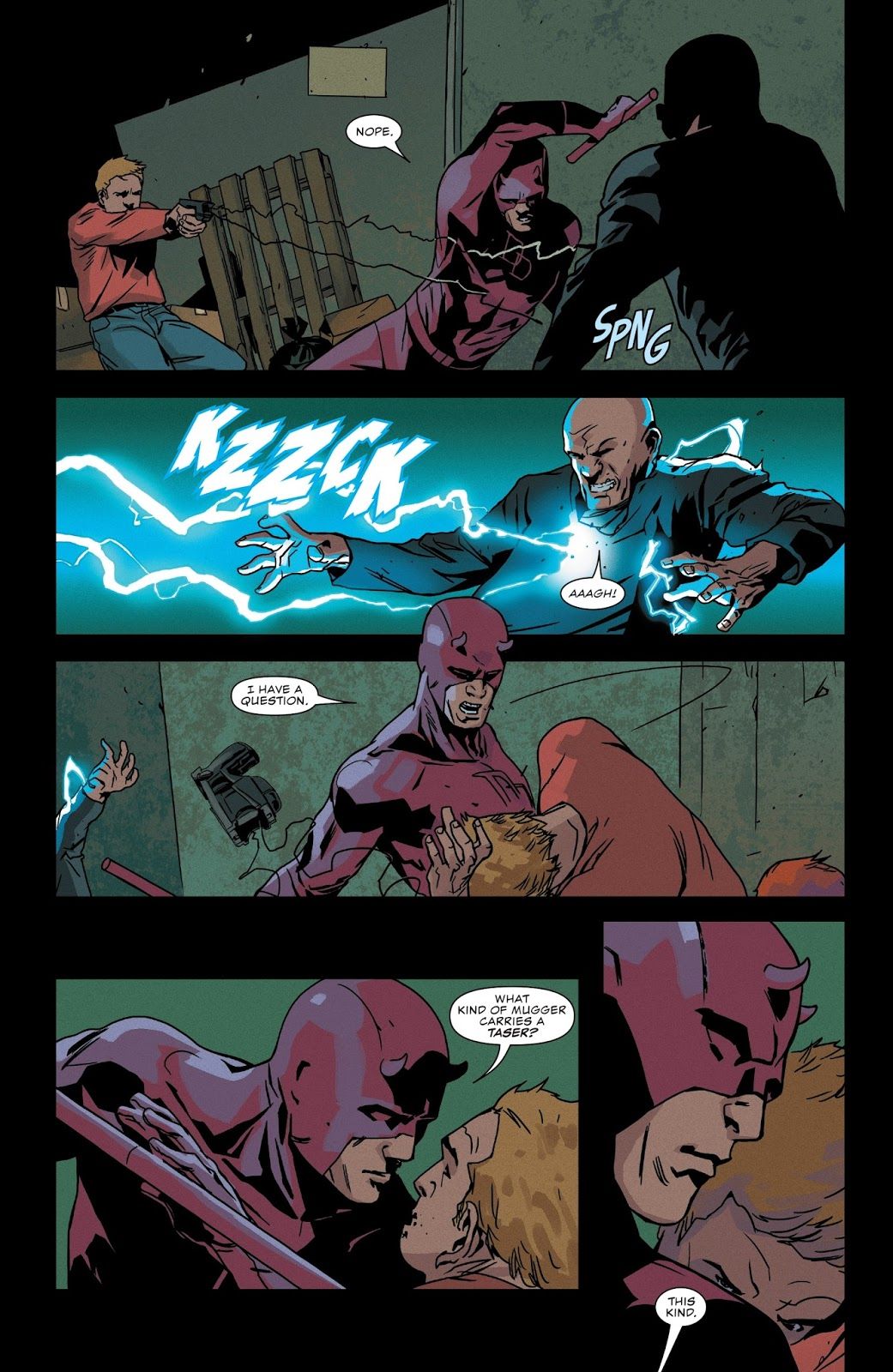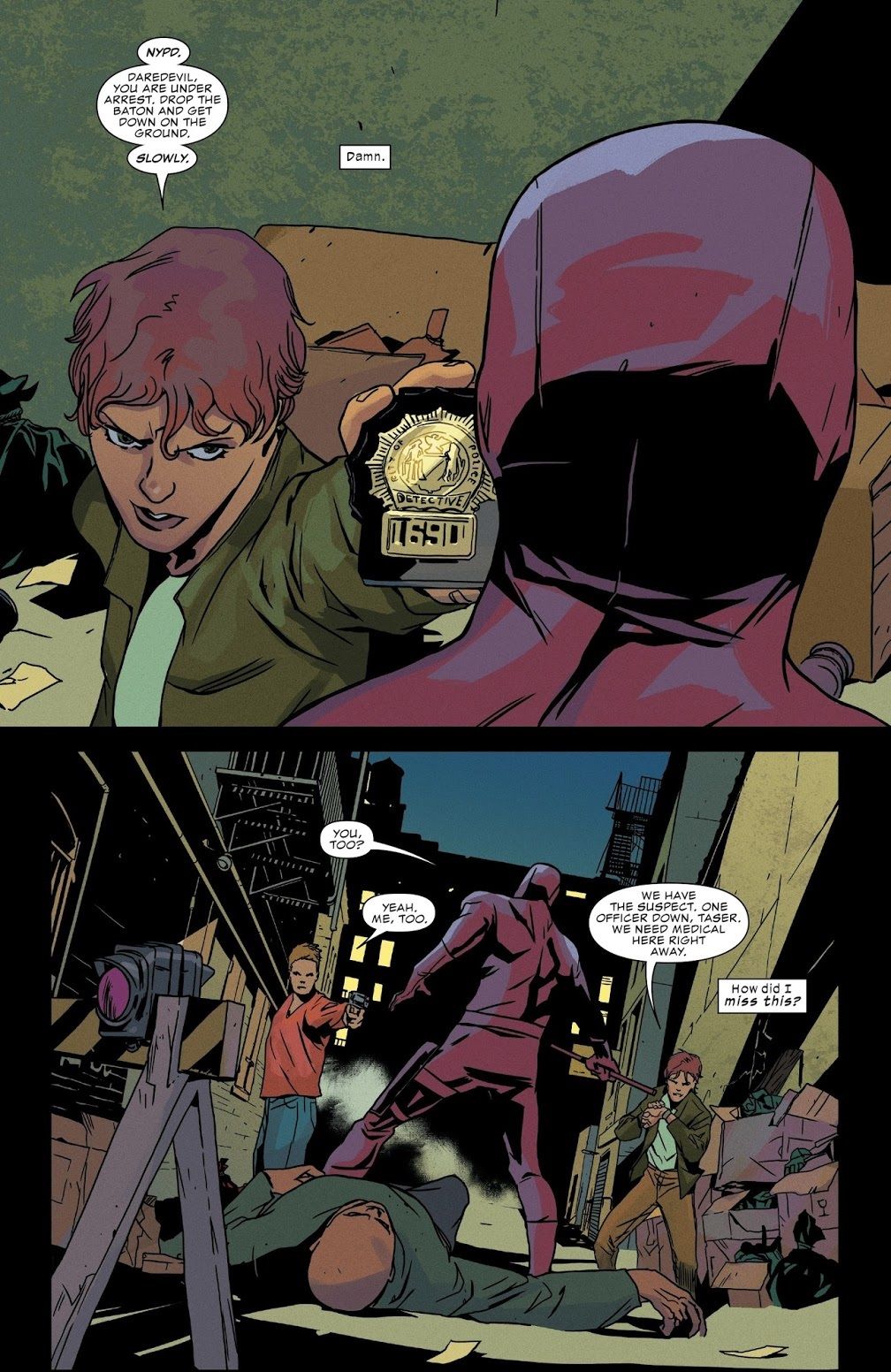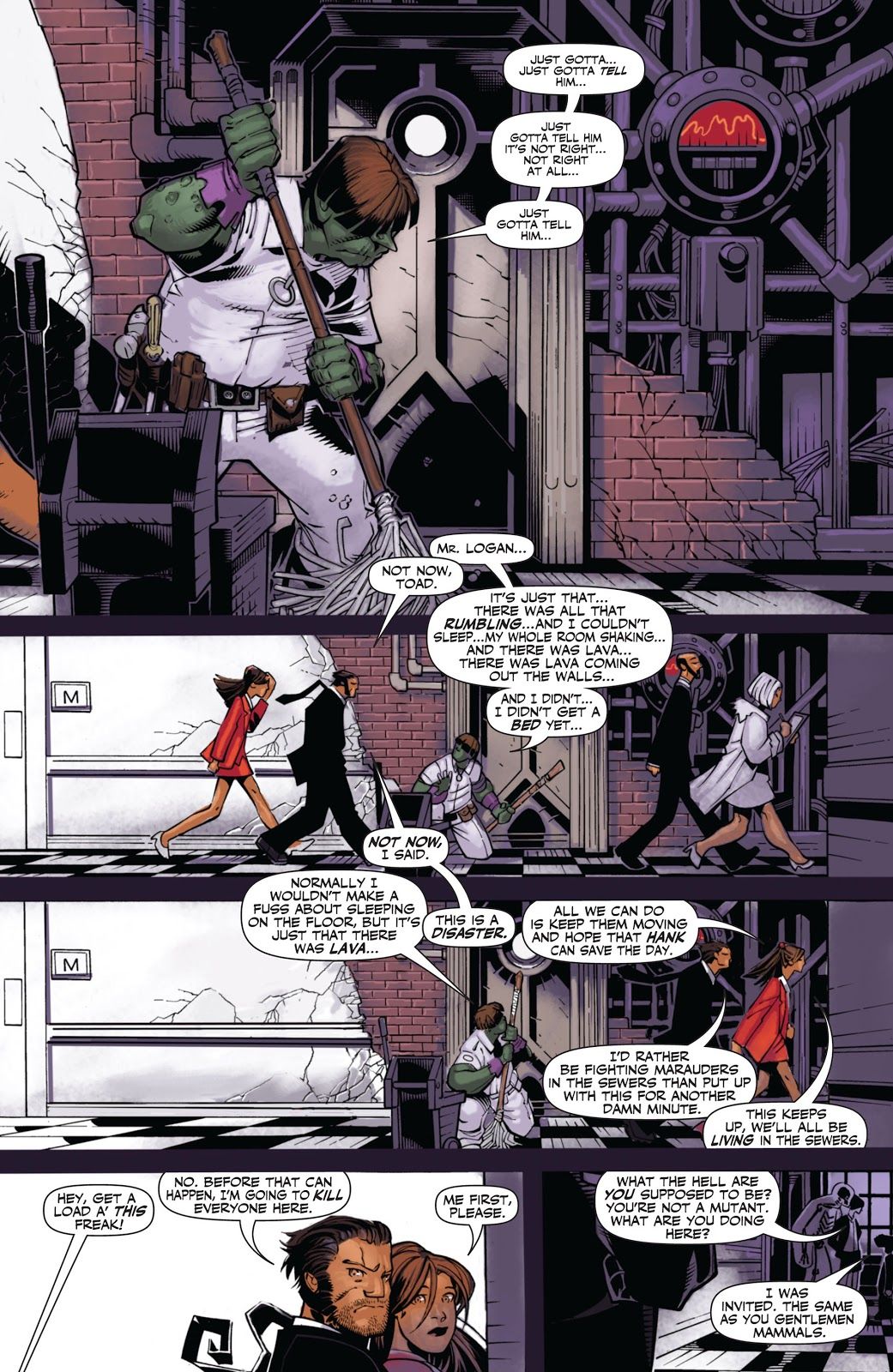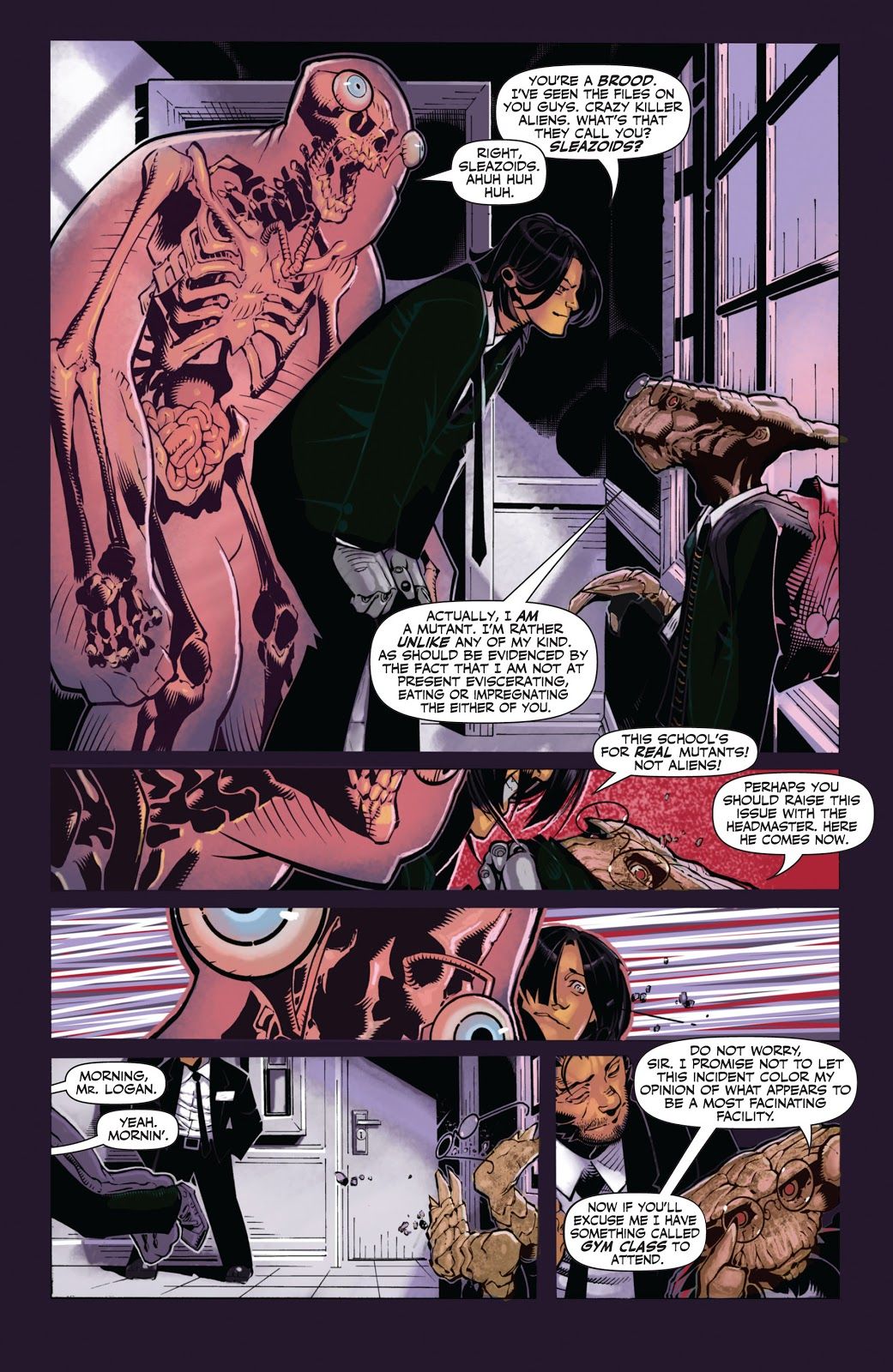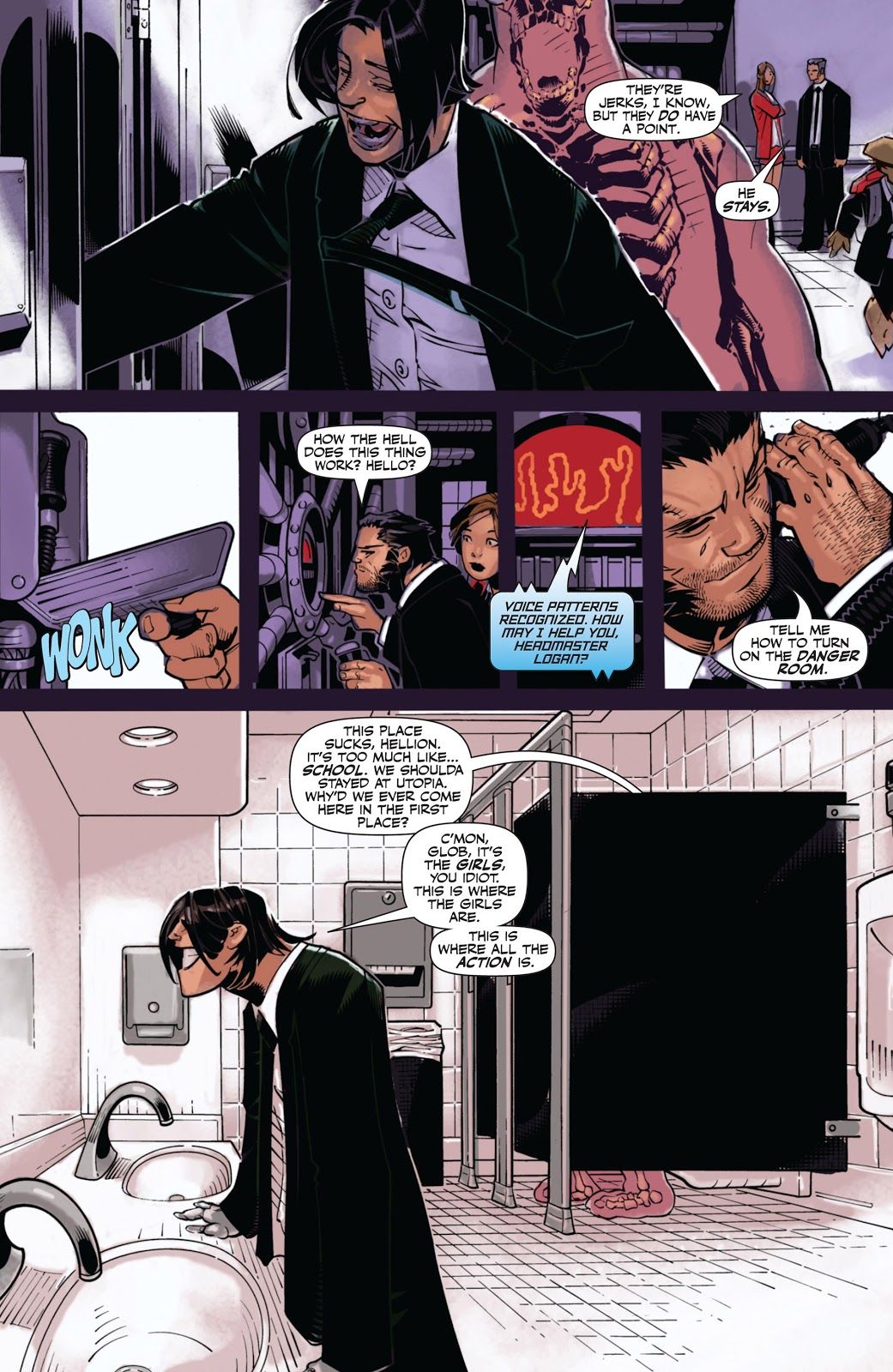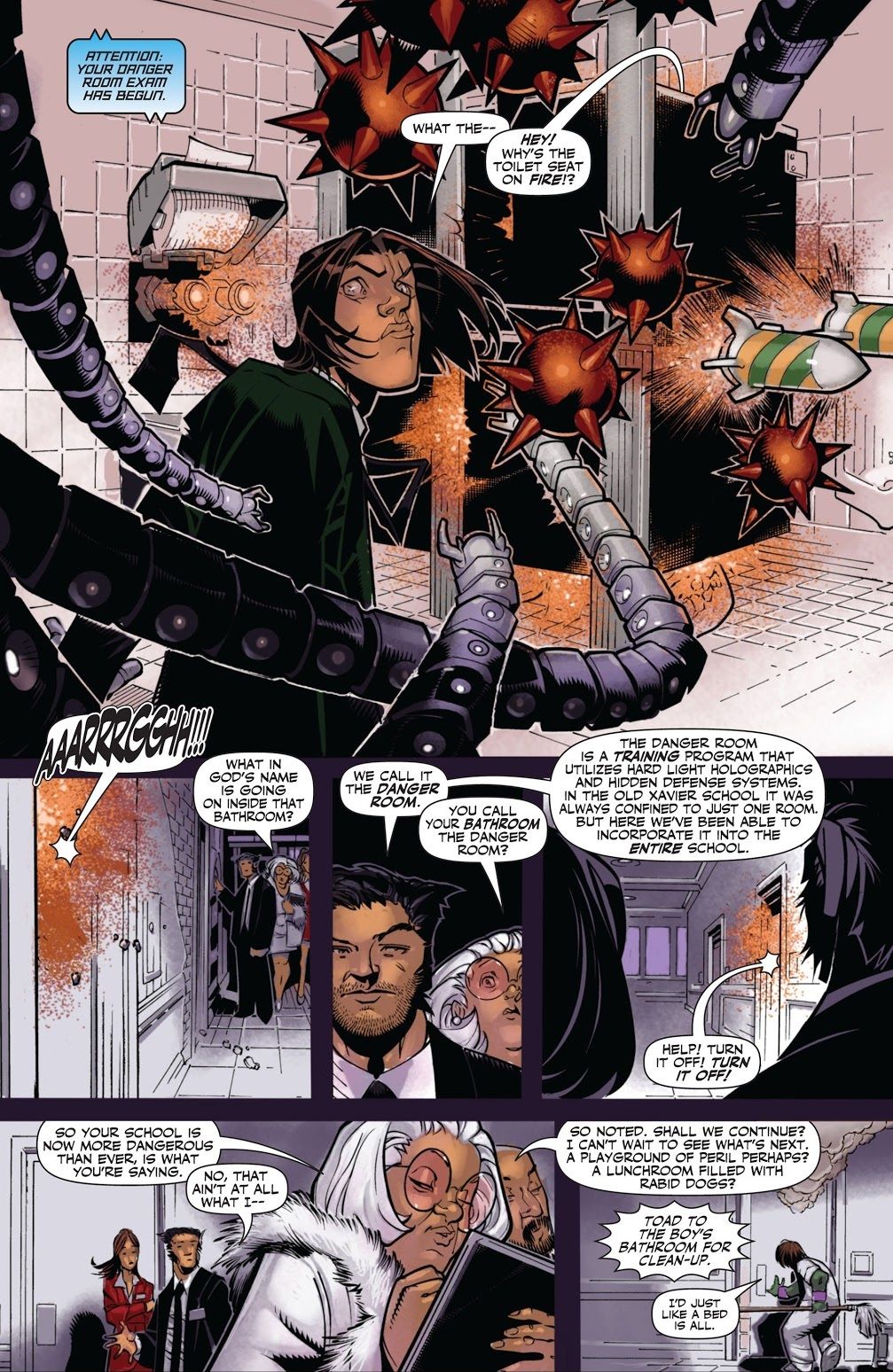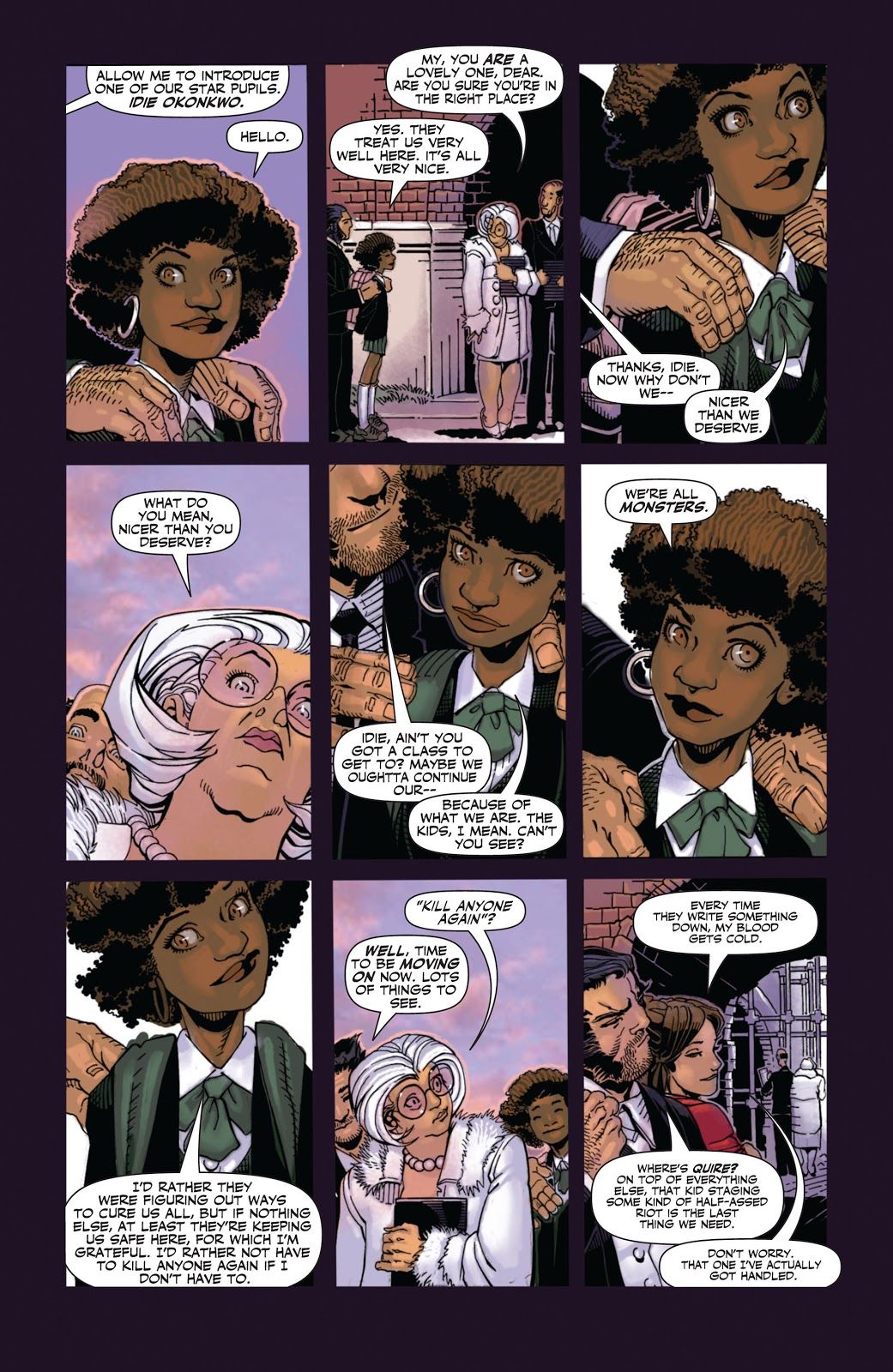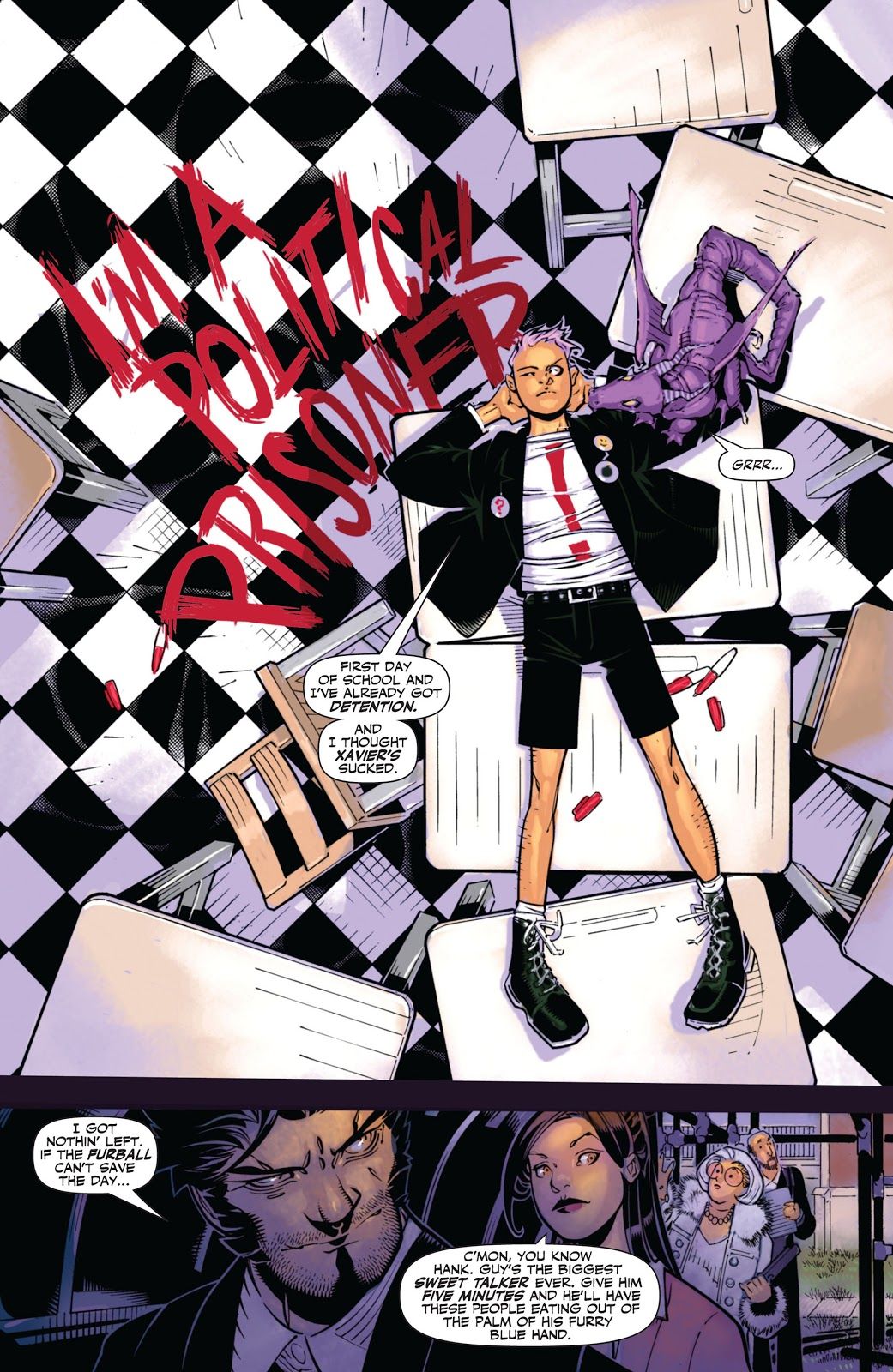You voted and we continue with the results for your picks for the top comic books and graphic novels of the 2010s.
90. Dark Night - A True Batman Story
Dark Night: A True Batman Story is a graphic novel by Paul Dini and Eduardo Risso that depicts a very important time in Dini's life. Early in his job working on Batman: The Animated Series, Dini was brutally robbed and assaulted by two young men. Throughout the trauma, Dini is visited by the fictional citizens of Gotham City as he tries to come to terms with the trauma. He has to undergo surgery at a time in his life before he was married, so there was no one with him at the hospital until his sister could come down to see him. Meanwhile, the writers and producers of Batman: The Animated Series were working on a film version of the show and Dini was being pressed to get to work on that, as well, during a time when he couldn't get himself to care about writing about a fictional crimefighter.
Eduardo Risso has always been a tremendous artist, but he outdid himself on this graphic novel, as alternates through a variety of styles to fit whatever kind of story that Dini is trying to tell at that point in the narrative. He can go from dark to cartoony to expressive to opaque all at the drop of a dime.
What's particularly interesting is that there is no traditional angel/demon relationship going on with Batman and his Rogues, because there are times when Batman is the one who haunts Dini the most, as Batman points out to him that Dini could have tried to avoid the danger, but he didn't want to look like he was assuming that he was walking into a dangerous situation. Batman also asks him why he didn't fight back. So there are times when Dini would almost prefer to talk to the Rogues, even though they are naturally cruel to him, as well, as his head space is not a healthy one at the time, of course.
There is a good bit, though, when he visits a record store with his sister and he gets a boost in terms of "hey, what I do is not insignificant" when a clerk tells him how important his cartoons are to him and his wife.
It's a raw story, and there are times when the events are do disturbing that it is difficult to keep reading, but ultimately it is a story of strength and acceptance of ones self.
89. Animal Man by Jeff Lemire
When the New 52 happened, it gave creators the opportunity to do blank slate versions of characters, but in the case of Animal Man, Jeff Lemire took more of a back to basics approach, choosing to merge together the best aspects of Grant Morrison's iconic run on the series as well as Jamie Delano and Tom Veitch's excellent follow-up runs on the book. Working closely with Scott Snyder, who was relaunching Swamp Thing, Lemire leaned heavily into the concept of the "Red," which was sort of introduced in Morrison's run, which is the sort of supernatural force connecting animals in the DC Universe the same way that the "Green" connects all of the plant life in the DC Universe. However, there is also the "Rot," the symbol of death, which led to an awesome crossover event by Lemire and Snyder called Rotworld, showing what happened when the Rot took over the entire DC Universe.
One of the most notable aspects of Lemire's run was making the book very much a horror story. Working with Travel Foreman initially, Lemire introduced a number of bizarre-looking characters, while also pulling Buddy Baker's daughter heavily into the narrative as the next "Animal Man," as it were.
Family really is the key to Lemire's work, and so much of his run on this book was showing what you would be willing to do for your family and the staggering grief that happens when something bad happens to your family. Naturally, then, when the series ended, it was all about Buddy's family (with Lemire lending his own art skills to the story for the fantasy story)...
Few books seemed to deliver on the promise of the theoretical variety of the New 52 quite as much as Animal Man, which helped show that the DC Universe could be much more than just superhero comics, as they pushed the envelope of what would be considered "normal" in a typical DC comic book series.
88. Habibi
Following the 9/11 attacks, Craig Thompson was intrigued by the idea of doing a different take on Arabic culture. He explained to Karin Kross, "I suppose it's probably important in some way. Some of the elements were there right from the start. Before Blankets, even, I wanted to tell, of all things, a story about child slaves, so I kind of had started with that. And I also wanted to tell a fantastical story that took place in this more exotic landscape, and as I was playing with my sketchbooks and stuff, it started taking on this -- I thought it might take place in India or something. And as I was consuming different influences, I realized that -- it's also somewhat of a political allegory, and an environmental allegory. So that part has been shaped a lot by current events. And maybe there's a desire to humanize Islamic culture, instead of it always being vilified."
The result was the graphic novel, Habibi, which is set in a fictional Arabic world called Wanatolia that is modern, but with a sort of fantastical flair to it, as well.
The main characters in Habibi are two young people who had terrible lots in life, with a young girl sold by her parents as a child bride. In a twist, the man who bought her took pity on her and instead taught her to read and write. When he is later killed, she is captured to be turned into a slave. During this time, she meets a young boy that she insists is her brother. They escape together and live together in the desert for a number of years. As they grow, their bond begins to become more of a romantic one, but during all of it, she has been scavenging and prostituting herself to keep them alive in their strange desert home. She is taken by a sultan and out into his harem. The boy grows up and becomes a eunuch working for the sultan.
When things go poorly for her, he takes the opportunity to save her life...
Thompson's artwork is stunning. He became obsessed with Arabic calligraphy and he infuses nearly every page with a stunning sense of design. Obviously, even though he saves her life, that's not the end of it. If you want a lush, evocative work with amazing artwork, well-developed characters, clever storytelling and heartfelt examinations of the power of love even in the worst of environments (and the dangers of love, as well, in driving you to do things you'd never think you'd do - either in its name or in your response to heartbreak), then this is the comic for you.
87. Daredevil by Charles Soule
As far as I can recall, Charles Soule is the first practicing lawyer to write the ongoing adventures of the most famous lawyer in comic books, Matt Murdock, otherwise known as Daredevil and when Soule began his run, he explained to CBR why Matt's status as a lawyer particularly intrigued him...
"I've been practicing law for a while, and it gives me a perspective on Matt's double life that I think is somewhat unique. I can put myself in his shoes and really think about what it would be like to go out at night and punch criminals. In a word: difficult. In another word: complicated. In two more: completely nuts. The conflict between a guy trying to be a lawyer, with all the ethical obligations that go along with that, while being a costumed vigilante at the same time -- in many ways, it's absolutely crazy to even attempt it. But somehow, it makes sense to Matt, and that conflict is at the heart of a lot of the stories I'm planning to tell."
Of course, before he could get to that point, Soule had to wrap up the aspects of the Daredevil run that he took over from, which had Daredevil living in San Francisco with a now public identity. Soule used the Purple Man's children to erase the memory of Daredevil's secret identity from everyone in the world, except for Foggy Nelson, as Matt needed someone to confide in. Sadly for Matt, Foggy resented the reveal. Now that he his identity was secret again, Matt could go back to practicing law, but because he and Foggy had a falling out, Matt goes to work for the District Attorney's office in New York.
Along the way, working with some great artists like Ron Garney, Goran Sudzuka and Mike Henderson (among others) and the excellent colorist, Matt Milla, Daredevil got a new costume and a protege, while also successfully arguing in front of the Supreme Court that superheroes should be allowed to testify without revealing their secret identities. This was attacked by Wilson Fisk, who took things further when Fisk became the Mayor of New York and made anti-vigilante policies one of his key parts of his administration, which Daredevil soon found out to much chagrin...
Soule's run on Daredevil was a thoughtful examination of the character that helped to move things forward and set up new ideas that could be exploited well by future creators. It's always nice when you can springboard stuff for the writers who follow you.
86. Wolverine and the X-Men
In 2011, Jason Aaron wrote a major X-Men crossover called Schism. The concept of the event was that Cyclops needed some of the youngest members of the X-Men (which, by this point, had all moved to an island nation off the coast of San Francisco) to kill some bad guys. It all nominally worked out, but it led to a major conflict between Wolverine and Cyclops. Wolverine believed that their younger members needed to go to school, while Cyclops felt that they had to get used to the new world reality where they had to essentially train as soldiers from childhood.
Eventually, this schism led Wolverine and a number of other members of the X-Men to return to Westchester to re-open Xavier's School for Mutants with Wolverine stepping behind the desk and becoming the headmaster of the school (with Kitty Pryde as his co-headmaster, because he really needed someone else to help him run the thing. The "thing he does best" that he talks about when he says he is the best there is at what he does is not administrative work). The re-opened school was re-named the Jean Grey School for Mutants.
Right away, Aaron made a point of differentiating his series by giving it much more of a lighthearted feel. The vibe in Wolverine and the X-Men is very much one of inspired chaos, which we saw right off the bat when some government officials came to visit the school...
But whether it is Beast taking the class on a trip into Toad's insides to examine the human body or Kitty Pryde becoming "pregnant" with a miniature Brood invasion, the book is filled with fun and outlandish ideas. Chris Bachalo, Nick Bradshaw, Pepe Larraz and other artists captured the lighthearted feel beautifully.
However, one of the things that most impressed me about Aaron's work on the series is the way that he was able to juggle so many characters while giving them all a little bit of characterization, even in the midst of a crossover (and a good chunk of Wolverine and the X-Men was caught up in various crossovers, most notably Avengers vs. X-Men, which was tricky for Wolverine as he was a member of both teams). For instance, Warbird is introduced as just the bodyguard for one of the students, Kid Gladiator (Gladiator's son), but in #13, right smack in the middle of Avengers versus X-Men, Aaron manages to give us a spotlight on Warbird that shows her unique past as a Shi'ar warrior.
All in all, Aaron created his own little corner of the Marvel Universe with this series where he got to get away with all sorts of bizarre stories that were just a joy to read.

